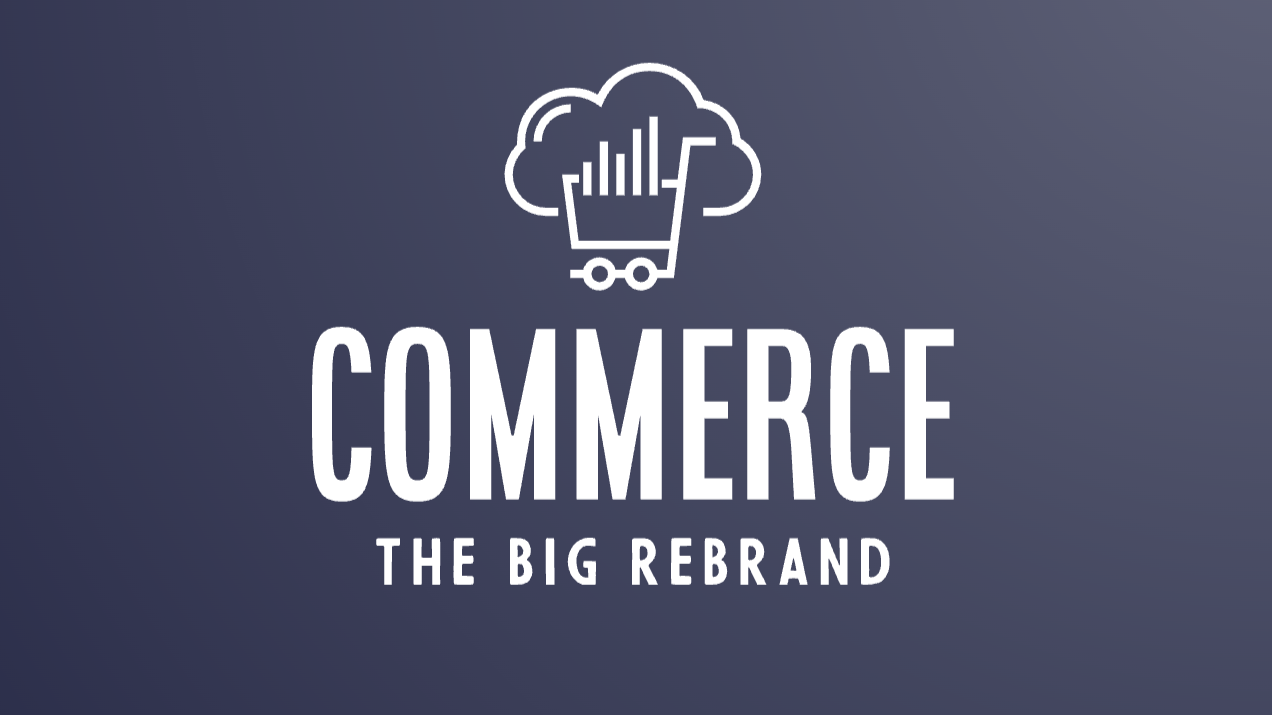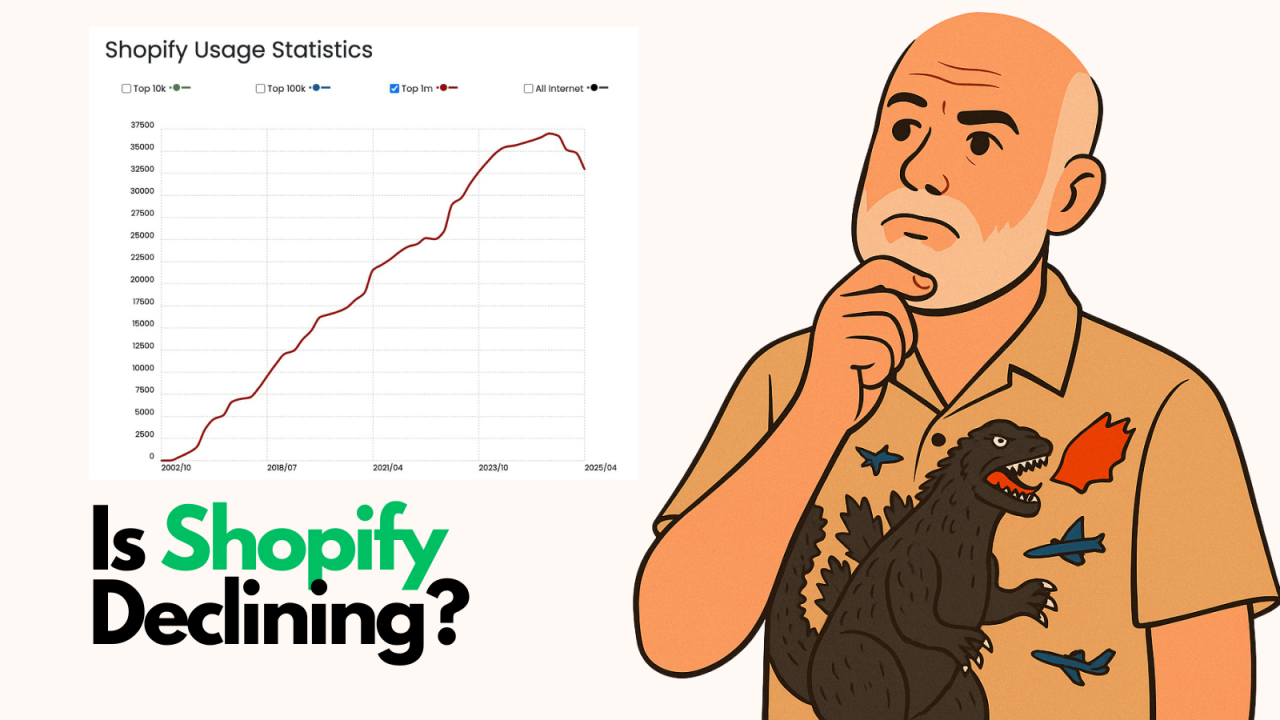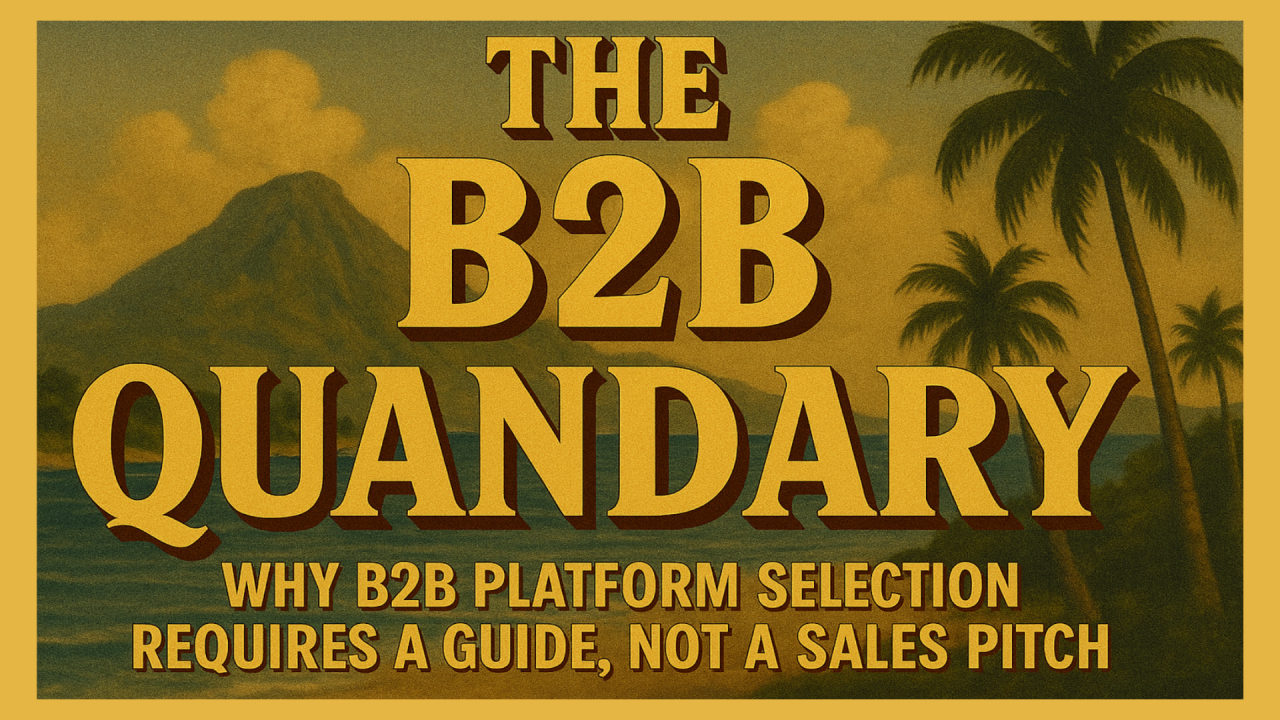
As a digital marketer, you know that SEO is a crucial component of any successful online strategy. But have you ever stopped to think about whether the visitors you're attracting to your website are the right ones for your business? Reassessing your target audience is a critical step in improving your SEO efforts and ensuring that your website is attracting the right visitors. By understanding the demographics and interests of your target audience, you can tailor your content and marketing efforts to better meet their needs and preferences. In this article, we'll discuss the importance of reassessing your target audience and provide tips on how to attract the right visitors to your website for better SEO results. So, let's dive in and explore how you can optimize your online presence by attracting the right audience.
The first step in reassessing your target audience is to understand who they are. This means identifying their demographics, interests, and needs. Demographics include age, gender, location, income, education, and occupation. Interests include hobbies, preferences, and behaviors. Needs refers to the problems or challenges that your target audience is facing and how your product or service can help them.
To gather this information, you can use a variety of tools and methods. Conducting market research through surveys, interviews, or focus groups can help gather information to understand your audience. Ask questions about their preferences, needs, challenges, and expectations related to your product or service. When conducting user surveys and feedback, it's important to ask open-ended questions that encourage respondents to provide detailed answers. Use tools like SurveyMonkey or Google Forms to create and distribute surveys to your target audience.
Utilize data from your website analytics with tools such as Google Analytics to gain insights into your audience's behavior patterns, interests, and preferences. You can also use sales data, third-party research and industry reports to gain a better understanding of your target audience.
Monitor social media platforms such as Facebook, Twitter, LinkedIn and other forums such as online communities where your target audience interacts. Observe their conversations, pain points, and opinions related to your industry, products, or competitors. Use social media insight tools like Hootsuite, Sprout Social, or Buffer to provide insights into your audience's demographics, interests, and behavior.
Understanding your target audience is an ongoing process that requires refining and adapting your strategy as your audience evolves.
Once you have a clear picture of who your target audience is, you can start identifying the right visitors for your website. Not all website visitors are created equal. Some visitors may be interested in your products or services, while others may not. Some visitors may be ready to make a purchase, while others may just be browsing. To attract your target visitors to your website, you need to identify those who are most likely to convert into customers.
One way to do this is by creating buyer personas. A buyer persona is a fictional representation of your ideal customer. It includes information about their demographics, goals, motivations, challenges, and buying behaviors. Buyer personas help you develop a customer-centric mindset though which you can better understand your target audience and tailor your content and marketing efforts to meet their needs. This results in improved customer satisfaction, loyalty, and business growth.
Keyword research is the process of identifying the keywords and phrases that your target audience is searching for online. By optimizing your website for these keywords, you can attract the right visitors to your website and improve your SEO rankings. Start by brainstorming a list of relevant topics that are closely related to your business or industry. Consider the main categories or themes that your target audience would be interested in. This helps you lay the foundation for keyword research.
To conduct keyword research, you can use tools like Google Keyword Planner, SEMrush, or Ahrefs. These tools provide insights into the search volume, competition, and ranking difficulty of different keywords. You can use this information to identify high-value keywords that your target audience is searching for. High search volume indicates that a significant number of people are searching for that keyword, but it also means higher competition. Balancing search volume and competition helps you choose keywords that have a good chance of ranking and attracting the right visitors. Look for long-tail keywords that align with your target audience's search intent. These keywords are more specific and usually consist of three or more words. They have lower search volume but often indicate higher intent and conversion rates.
Once you have identified the relevant keywords, optimize your website content accordingly. Incorporate the keywords naturally into your page titles, headings, meta descriptions, and throughout the body of your content. However, avoid keyword stuffing, as it can harm your search engine rankings. Use the information gathered for your buyer personas to create content that resonates with your target audience and addresses your audience's needs and interests. Review your existing content topics and map them to specific buyer personas. Identify gaps where you might be missing content that addresses the needs and interests of particular segments of your audience. For example, for personas in the awareness stage, focus on educational and informative content. For those in the consideration or decision stage, provide content that highlights the benefits and features of your product or service. Adjust your content strategy to cover a wide range of topics that cater to the diverse needs of your personas.
Not everyone engages with content in the same way, so diversify your content in a variety of formats that includes blog posts, videos, infographics, and other types of content that provide value to your audience.
In addition to revising your content strategy, you also need to optimize your website for your core audience. This includes improving your website speed, design, and navigation for a better user experience. You also need to optimize your website for mobile devices, as more and more people are using their smartphones to browse the web. To optimize your website, you can use tools like Google PageSpeed Insights or Pingdom to identify areas for improvement. You can also use responsive design to ensure that your website looks good on all devices. Analyzing your website traffic and bounce rate are also crucial to attracting the right visitors. A high bounce rate can indicate that your website is causing visitors to exit earlier than expected. This could be due to slow page load times, poor website design, or irrelevant content. Read more about bounce rates in this guide on how to optimize your online presence. By addressing these traffic and bounce rate issues, you can improve your customer's user experience on your website.
Reassessing your target audience is a critical step in improving your SEO efforts and ensuring that your website is attracting your customer base. You can gain valuable insights that allow you to optimize your website's content, structure, and keywords to better align with their expectations. Understanding your audience helps you create relevant and engaging content that resonates with them, leading to improved user experience and higher search engine rankings. It enables you to tailor your SEO strategy to target the right keywords and capture the attention of your ideal customers, resulting in increased organic traffic, conversions, and overall success for your website. So, take the time to reassess your target audience and start optimizing your online presence today!

Following up on my earlier post about BigCommerce's rebrand announcement, I got my hands on theCleveland...

By Brent W Peterson AI vs Shopify: Is Platform Dominance Ending in 2025?

The B2B OG Reality Check In 1995, I built my first B2B website for my then computer assembly company. It...